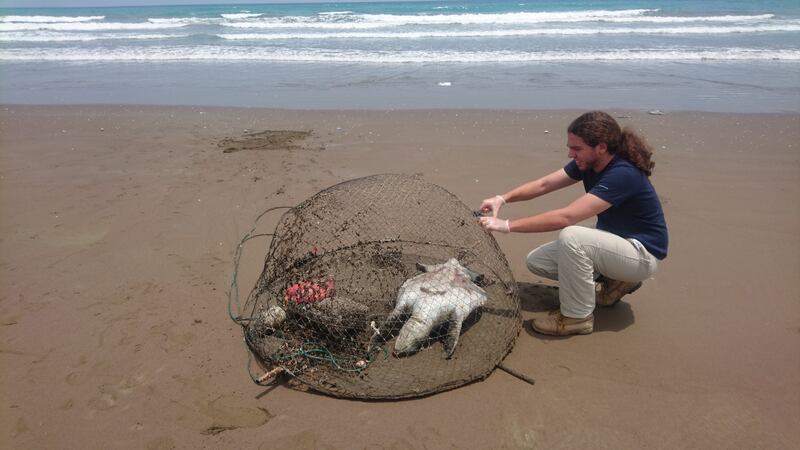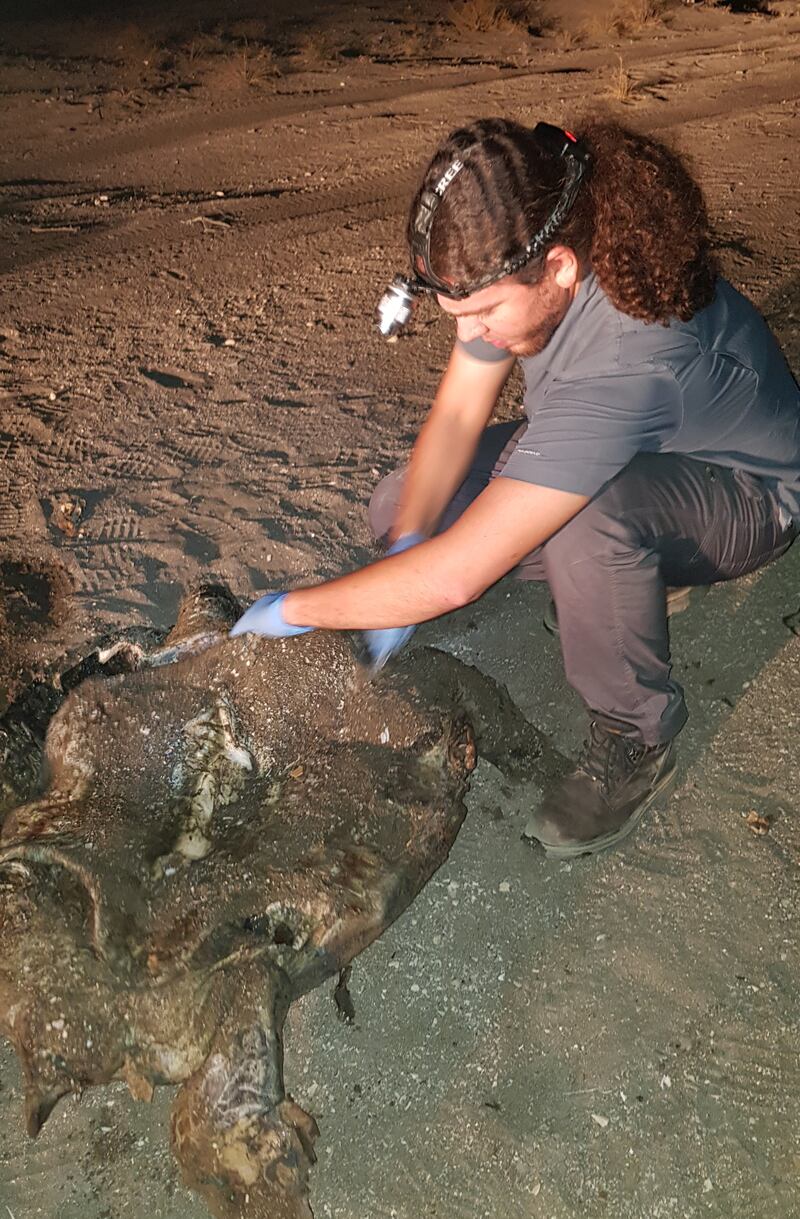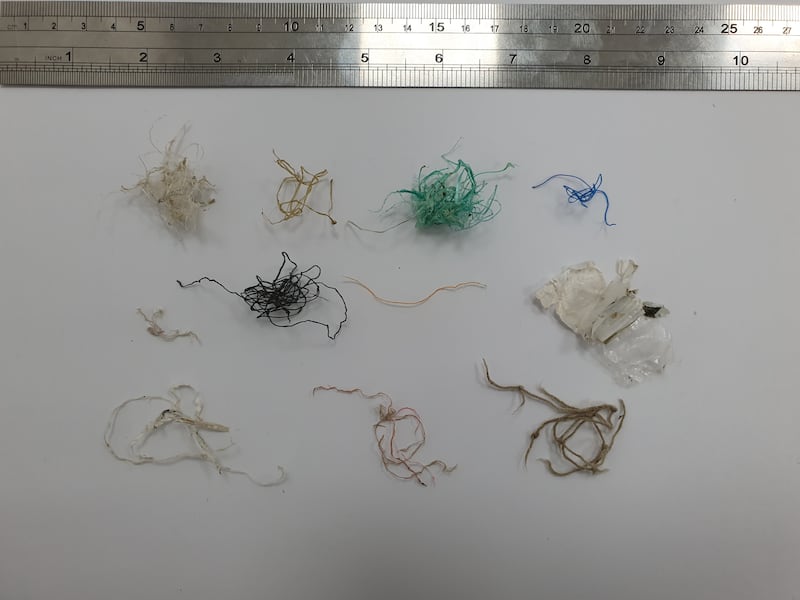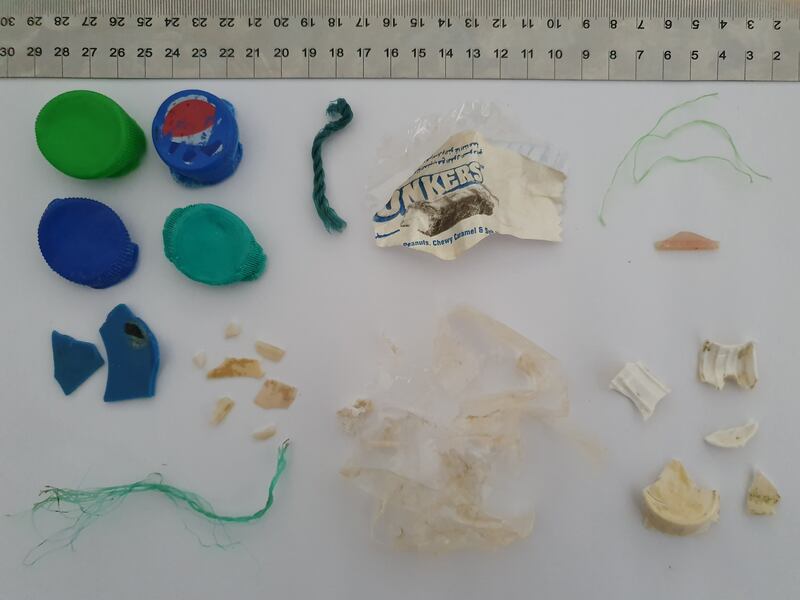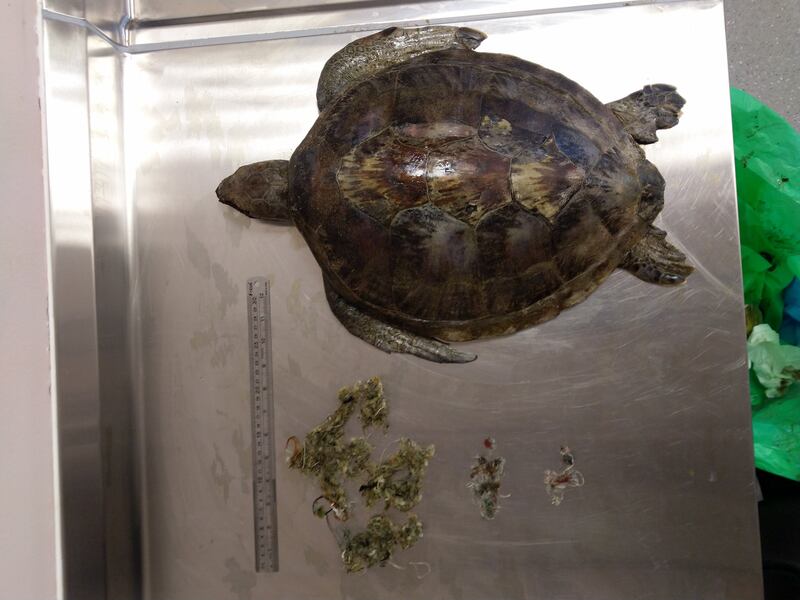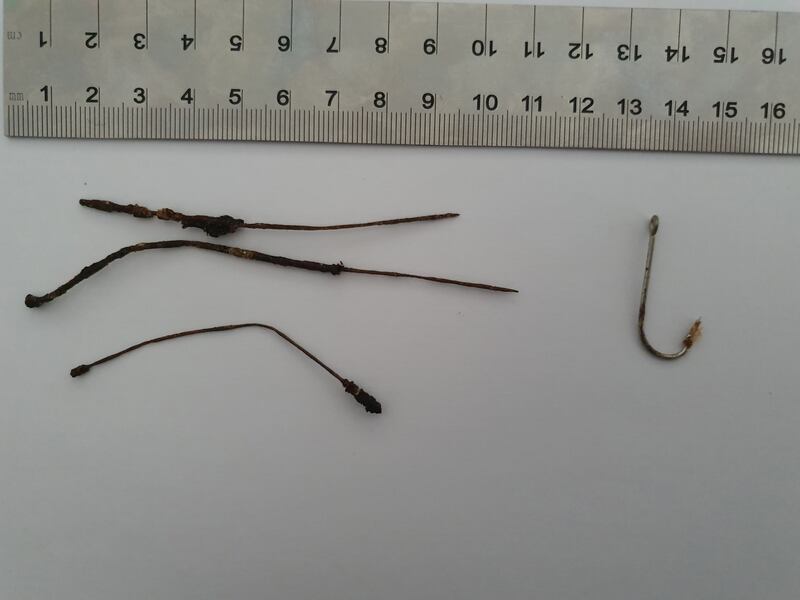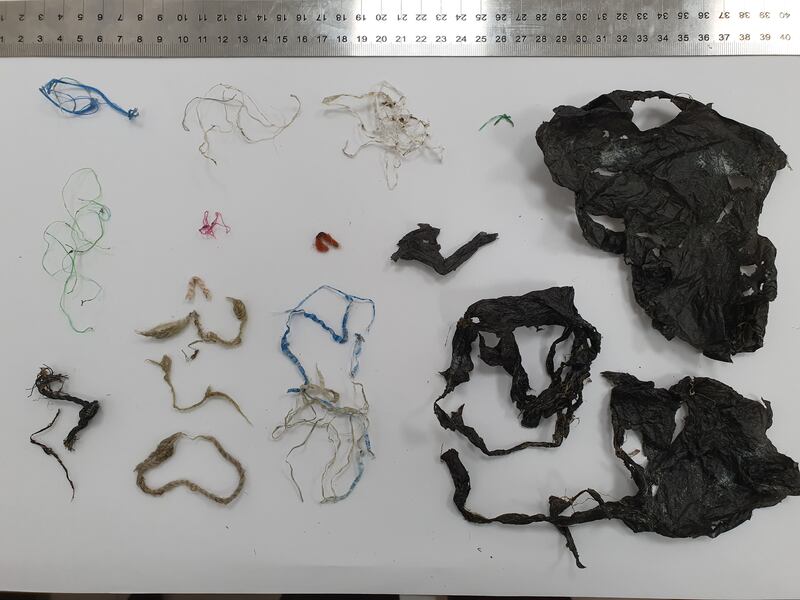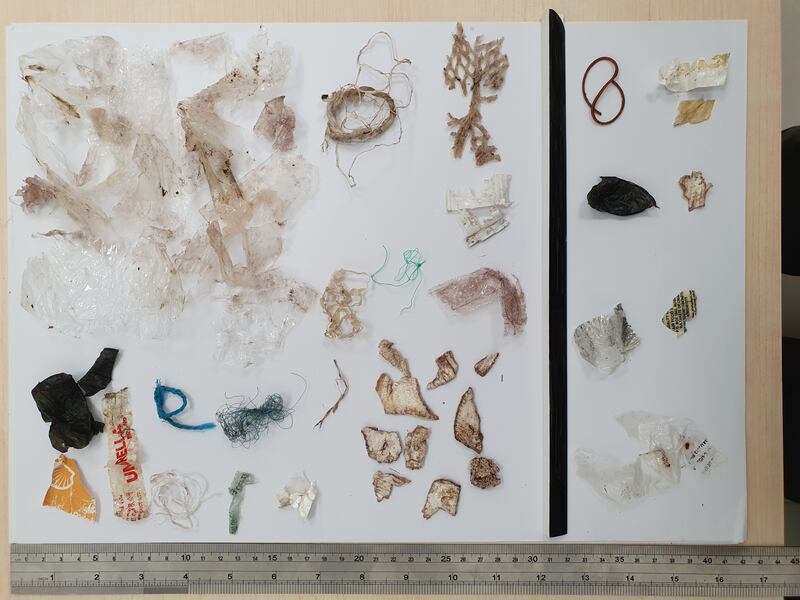More than half of the turtles found dead on the east coast of Sharjah had eaten marine debris, such as netting or pieces of plastic, according to a new study.
One turtle had more than 150 pieces of debris in its body, while another had numerous punctures in the gastrointestinal tract.
Researchers say the public can help to combat the problem by cutting down on the number of plastic bags and other disposable items they use.
Overall, three-quarters of dead green turtles and 57 per cent of dead loggerhead turtles had ingested items such as bottle caps, rope and plastic bags.
Fadi Yaghmour, a researcher at the Environment and Protected Areas Authority of Sharjah and the study’s first author, described the debris as “a serious threat”.
“At first, we were surprised by the high frequency and quantities of marine debris being ingested,” he said.
“We have seen young green sea turtles that have ingested over 300 pieces of plastic and other marine debris.
“It seems to have been something that’s gone undetected for a very long time, especially in an animal that’s received a lot of research attention.”
Looks like food
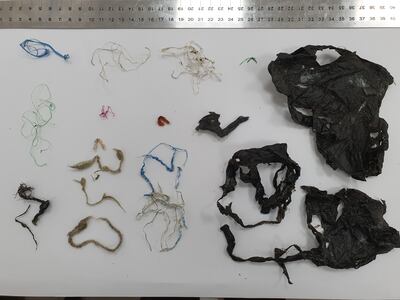
Green turtles tend to eat high quantities of lighter pieces of debris.
Their natural diet includes jellyfish, cuttlefish, algae and seagrass, so the animals to mistake debris like ropes and bags for food.
Loggerhead turtles eat gastropods, often snails and similar creatures, and bivalves, so hard plastics, such as bottletops and metallic items seem to resemble their food.
Debris is mostly found in the turtles’ intestines and will typically pass through and be released.
However, particularly in green turtles, items such as plastic bags may become stuck in the oesophagus - the tube connecting the throat and the stomach - and in the stomach, causing blockages that can prove fatal.
Marine debris was mostly found in the intestines, which suggests that most items will pass through and be released.
Hooks and other fishing debris, including rusted fragments of fishing traps, are also potentially lethal. One turtle contained 32 pieces of a rusted fishing trap, which had punctured the entire length of the gastrointestinal tract.
“Even if marine debris doesn’t kill a turtle directly, it can be harmful,” said Mr Yaghmour.
“Marine debris can make a turtle feel full once it eats it, but it’s not gaining any nutrition, so it’s essentially going to starve itself.”
Juvenile green turtles are particularly likely to ingest debris because their omnivorous diet makes them perceive a wide variety of items as food.
According to a study published in 2015 in the journal Science, between 4.8 and 12.7 million tonnes of plastic debris enter the world’s oceans each year.
The International Union for Conservation of Nature describes it as a hazard to hundreds of marine species, among them seabirds, whales and fish, because of the dangers from eating it, entanglement or suffocation.
Plastic is a new problem
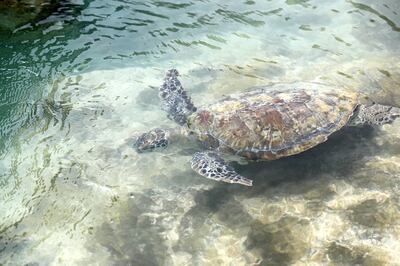
Reports of stranded turtles come to the EPAA in Sharjah from the public, lifeguards, rangers, police, beach cleaners and others who work on or around the beaches.
Turtles that are alive are delivered to rescuers to be rehabilitated, but the EPAA carries out post-mortem examinations on those found dead, some of which were killed by boat strikes and entanglement in nets.
The new paper, published in the Marine Pollution Bulletin and titled "Junk food: Interspecific and intraspecific distinctions in marine debris ingestion by marine turtles", examines data from 64 autopsies.
It stems from a project launched in 2015 to help a wide variety of stranded marine fauna. In 2018, the researchers released a study on green turtles, but the latest research extends this to loggerhead turtles and analyses more animals.
The problem has emerged primarily in recent decades – a late 1970s study on the diet of turtles in the Gulf of Oman did not mention plastic as being something the animals ate.
When contacted by the Sharjah researchers, the scientist behind that study confirmed that turtles were not consuming plastic at the time.
“We’re starting to realise, as the data gets more robust, this threat is a particularly serious one for marine turtles in the region,” he said.
Steps to deal with the issue
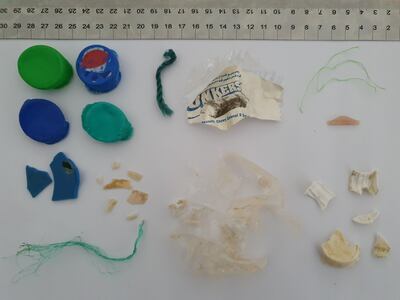
Mr Yaghmour said that to protect turtles and other marine life, including whales, dolphins, reefs and other marine habitats, the amount of debris entering the marine environment had to be minimised.
“What can be done by the general public is the reduction of use of single-use materials, plastics and otherwise: disposable cups, single-use plastics, unnecessary use of plastic bags,” Mr Yaghmour said.
“All of these things contribute greatly to the quantities of debris in the environment and it takes decades for them to degrade, only into microplastics, which can persist for much, much longer.”
Mr Yaghmour said he was pleased that the UAE was now taking steps to deal with the problem of plastic waste.
In early 2020, Abu Dhabi announced plans to charge for and phase out disposable plastic bags, and in October that year Waitrose, the British supermarket chain, introduced a 25 fils charge per bag in its UAE stores.
At the beginning of 2021, the Cabinet approved the UAE Circular Economy Policy, which aims to promote, among other things, efficient waste management and environmental protection.
“I’m quite optimistic that, at least in the UAE, the correct action will be taken,” he said. “There’s been a recent move to develop a circular economy in the UAE. There are other steps to address and minimise the issue.”
Previous research reported by The National found that hundreds of camels had died in the UAE after eating plastic bags.
Since 2008, about 300 camels analysed in the field or in the laboratory by scientists from the Central Veterinary Research Laboratory in Dubai had stomachs filled with polybezoars, which are large lumps of plastic material such as ropes or plastic bags.
